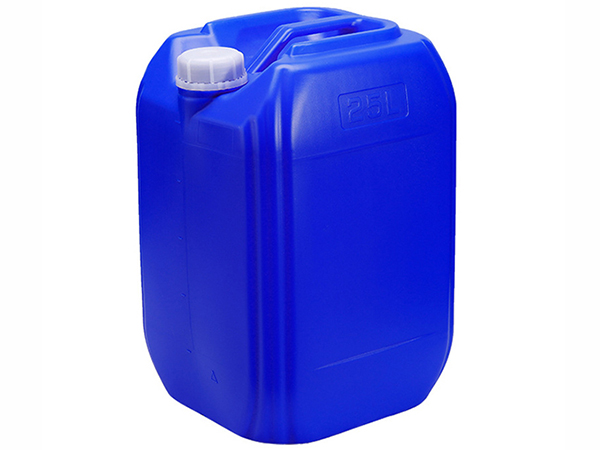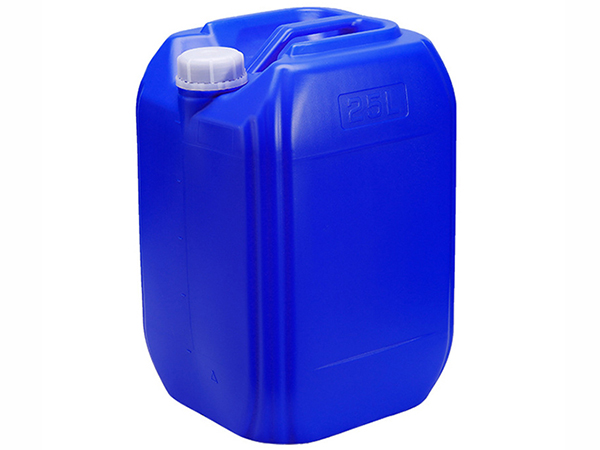
During the weaving process, fibers need to be sized to increase their fastness. When dyeing, bleaching, and printing the fabric, the paste needs to be removed, and after printing, the paste also needs to be removed. The quality of desizing directly affects the quality of the finished product, such as hand feel, whiteness, smoothness, color dosage, white core, and strength. Most of them use starch slurry for sizing, and there are many methods for desizing, such as caustic soda, sulfuric acid, hydrogen peroxide, etc. However, these chemical products not only damage the fabric and are difficult to operate, but also pollute the environment. Utilizing enzyme preparations α- Under certain conditions, amylase can quickly convert starch slurry into dextrin, and the liquefied soluble dextrin is washed with water to achieve the purpose of desizing. Enzymatic desizing can be used for fabrics such as cotton, silk, vinylon, viscose fibers, blended fabrics, yarn-dyed poplin, and chemical fiber blends

Enzymatic desizing has many advantages and is being adopted by more and more factories, especially for some advanced fabrics that require enzymatic desizing. In foreign countries, enzymatic desizing technology accounts for a large proportion. Its characteristics are: efficient and high-speed, suitable for high-temperature desizing, short time, and a desizing rate of up to 90% -95%; The fabric is not damaged, and after desizing, the fabric feels soft and full, with strong smoothness and bright dyeing; Desizing and fixing can be treated in the same bath, shortening the process flow and improving labor productivity; Used for refining white, it can improve capillary effect, improve labor production conditions, save fuel, and reduce costs, and can be used for continuous large-scale production
About
Brief introduction Application Certificate Laboratory Connectproduct
Post finishing agent Enzymatic water Brightener Printing/Coating Additives MoreNews
Dynamic Lnformation Common
Mobile website

TRL:+86 0769-88124837
Chinese mailbox:dgtshdrl@163.com
English mailbox:postmaster@tianshengchem.com
Guangdong Tiansheng Environmental Protection New Material Technology Co., Ltd. Copyright © 2023 all rights reserved